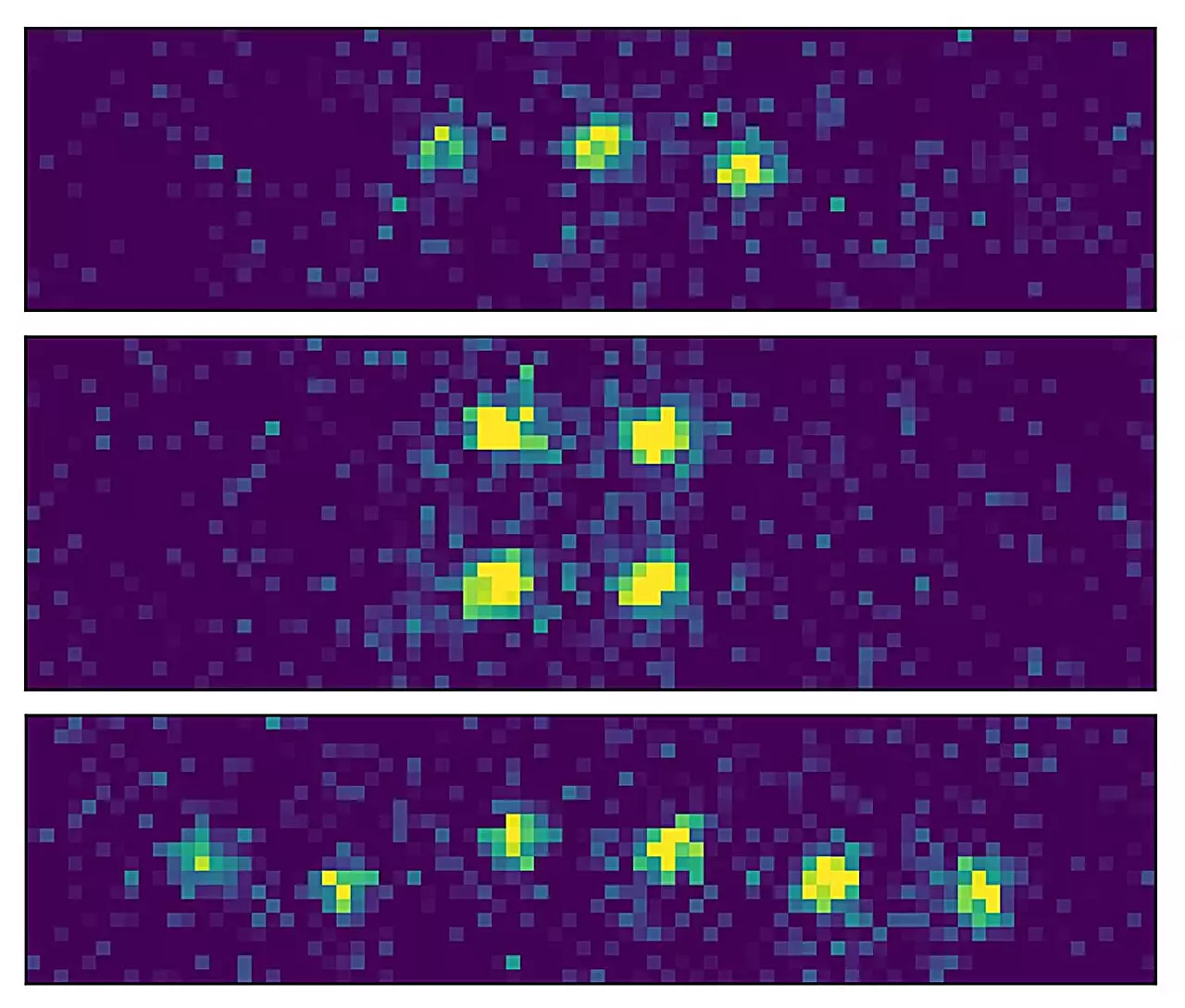Quantum entanglement is often referred to as Einstein’s “spooky action at a distance,” a term that encapsulates the mesmerizing yet perplexing phenomenon of two particles being interconnected regardless of the distance that separates them. As we dive deeper into the realms of quantum information science, entanglement stands as a cornerstone of what many envision as the future of computing and communication. Now, thanks to groundbreaking research led by Gerhard Rempe of the Max Planck Institute of Quantum Optics, the quest to harness this enigmatic resource for practical applications is moving closer to reality.
Entangled quantum bits, or qubits, are critical for the operation of quantum computers and the formation of future quantum networks. However, achieving efficient entanglement between wobbly, resting qubits and swift, flying qubits (photons) remains a significant technical hurdle. This research illustrates the triumphs and challenges of entwining quantum physics with technological advancement, paving the way for a new era in quantum connectivity.
The Ingenious Approach of Quantum Interfaces
The innovative methodology developed by Rempe and his team utilizes a system in which ultra-cold rubidium atoms are confined in a unique setup between two near-perfect mirrors. This architecture facilitates an impeccable interaction between photons and the atoms, significantly amplifying the chances of attaining entanglement. Remarkably, by utilizing optical tweezers, the team skillfully controlled and manipulated up to six atoms individually, achieving a staggering entanglement generation efficiency nearing 100%.
The significance of effective interfaces between resting and flying qubits cannot be overstated. As researcher Emanuele Distante highlights, these interfaces are integral for transmitting quantum information across extensive distances—a key capability for any future quantum internet. The innovation exhibited in this experiment could serve as the bedrock for a multitude of quantum applications, such as forming a distributed quantum computer by connecting numerous qubits arranged in a distributed network.
Understanding Multiplexing: The Key to Robust Quantum Transmission
To tackle the issues encountered in long-distance quantum communication, multiplexing emerges as a game-changing solution. Inspired by traditional information transmission methods, this technique enhances transmission reliability by sending signals through several parallel channels. It’s akin to navigating a radio signal through a crowded environment where multiplicity increases the likelihood of clear reception.
However, transferring multiplexing to the quantum realm presents its own set of challenges. Distante notes that the success of current classical Internet protocols relies heavily on such techniques, suggesting that future quantum networks must leverage similar strategies for optimal communication efficiency. In essence, multiplexing provides a safeguard against losing quantum information during transmission—a vital necessity when considering larger quantum computing frameworks.
The Art of Optical Tweezers: Precision Meets Quantum Control
A significant innovation in this research lies in the manipulation of atoms using optical tweezers, which harness laser beams to entrap and direct atoms with pinpoint accuracy. As Ph.D. student Lukas Hartung reveals, the meticulous arrangement of atoms within the confines of a resonator is vital for the success of entangling these qubits. The atom’s ability to remain within the optical trap for extended periods offers a tactical advantage; it provides ample time for interaction with photons.
The proficiency with which the team could orchestrate the movement and positioning of rubidium atoms within a minuscule cavity—a mere half-millimeter apart—reflects a blend of advanced technology and experimental finesse. Each aspect of the experiment required not only theoretical knowledge but also a dexterous capability to manipulate light and matter intricately.
Future Implications: Scaling to New Heights
While the current success is monumental, the research team remains forward-thinking, considering how to scale these techniques to accommodate larger groups of qubits effectively. The capability of managing up to 200 atoms within a resonator opens the door to crafting a more powerful, distributed quantum computer. The potential for interlinking numerous resonators, each with finely tuned resting qubits, illustrates a promising direction for developing a quantum network capable of extraordinary computational abilities.
As we stand at the precipice of a quantum revolution, the implications of this research ripple across various fields. The advancements made in Garching are more than just a technical achievement; they signal a vision of interconnected quantum systems that transcends our current technological landscape. With the Pioneering work of Rempe and his team, the foundational pieces for a robust quantum internet and distributed quantum computing are swiftly falling into place—ushering us toward an enviable future of enhanced quantum connections.


Leave a Reply